Halina Abramczyk044451662X, 9780444516626, 9780080455259
Introduction to Laser Spectroscopy is strongly recommended to newcomers as well as researchers in physics, engineering, chemistry and biology. * A comprehensive course that combines theory and practice * Includes a systematic and comprehensive description for key laser types * Written for students and professionals looking to gain a thorough understanding of modern laser spectroscopy
Table of contents :
Introduction to Laser Spectroscopy……Page 4
Acknowledgements……Page 8
Preface……Page 10
Contents……Page 12
1.1. SPONTANEOUS AND STIMULATED TRANSITIONS. EINSTEIN COEFFICIENTS. PROPERTIES OF STIMULATED RADIATION……Page 16
1.2. LASER OPERATION BASICS……Page 22
1.3. POPULATION INVERSION……Page 26
1.4. AMPLIFICATION AND SATURATION……Page 30
REFERENCES……Page 32
2.1. LONGITUDINAL MODES……Page 34
2.2. QUALITY FACTOR OF RESONATOR RELATIONSHIP BETWEEN LINEWIDTH OF STIMULATED EMISSION AND RESONATOR QUALITY FACTOR……Page 36
2.3. TRANSVERSE MODES……Page 40
REFERENCES……Page 44
3. Generation of Ultrashort Laser Pulses……Page 46
3.1. MODELOCKING. RELATIONSHIP BETWEEN LINEWIDTH OF STIMULATED EMISSION AND PULSE DURATION……Page 47
3.2. METHODS OF MODELOCKING. ACTIVE AND PASSIVE MODELOCKING……Page 55
3.3. Q-SWITCHING……Page 64
3.4. CAVITY DUMPING……Page 67
REFERENCES……Page 73
4. Lasers……Page 74
4.1. RUBY LASER……Page 75
4.2. MOLECULAR GAS LASERS FROM THE INFRARED REGION……Page 76
4.2.1. Lasers Operating on Rotational Transitions……Page 77
4.2.2. Lasers Operating on Vibrational-Rotational Transitions: CO2 and CO……Page 78
4.3. CHEMICAL LASERS……Page 83
4.4. SOLID-STATE LASERS……Page 84
4.4.1. Neodymium Laser and other Rare-Earth Lasers……Page 85
4.4.2. Solid- State Tunable Lasers (Vibronic Lasers)……Page 89
4.4.3. Fiber Lasers……Page 93
4.5.1. Helium–Neon Laser……Page 97
4.5.2. Ion–Gas Lasers. Argon and Krypton Lasers……Page 98
4.6. LIQUID DYE LASERS……Page 99
4.7.1. Excimer Lasers……Page 102
4.8.1. Intrinsic Semiconductors. Doped Semiconductors. Junction……Page 105
4.8.2. Diode Lasers……Page 109
REFERENCES……Page 119
5. Nonlinear Optics……Page 122
5.1. SECOND ORDER NONLINEAR PHENOMENA……Page 125
5.2. PHASE MATCHING METHODS……Page 128
5.3. PRACTICAL ASPECTS OF THE SECOND HARMONIC GENERATION……Page 133
5.3.1. SHG for Pico- and Femtosecond Pulses……Page 135
5.4. PARAMETRIC OSCILLATOR……Page 140
5.5. THE THIRD ORDER NONLINEAR PROCESSES……Page 146
5.5.1. Stimulated Raman Scattering……Page 147
5.5.2. Coherent Anti-Stokes Raman Scattering (CARS)……Page 150
5.5.3. The Other Techniques of Nonlinear Stimulated Raman Scattering……Page 152
5.6. NONLINEAR DISPERSION PHENOMENA AFFECTING PICOSECOND AND FEMTOSECOND PULSE DURATION – GROUP VELOCITY DISPERSION (GVD) AND SELF PHASE MODULATION (SPM)……Page 154
REFERENCES……Page 161
6.2. THEORETICAL BACKGROUND……Page 162
6.3. DESIGN FEATURES OF AMPLIFIERS……Page 165
6.4. REGENERATIVE AMPLIFIER……Page 167
6.4.1. The Pockels Cell……Page 169
6.5. CHIRPED PULSE AMPLIFICATION (CPA)……Page 171
REFERENCES……Page 174
7. The Measurement of Ultrashort Laser Pulses……Page 176
7.1. AUTOCORRELATION TECHNIQUES……Page 177
7.2. FROG TECHNIQUES……Page 185
REFERENCES……Page 188
8. Selected Methods of Time-Resolved Laser Spectroscopy……Page 190
8.1. FLUORESCENCE DECAY……Page 191
8.2. THE PUMP-PROBE METHOD……Page 198
8.3. CARS AS A TIME-RESOLVED METHOD……Page 204
8.4.1. Spin Echo in NMR……Page 206
8.4.2. Optical Resonance……Page 213
8.4.3. Quantum-Classical Description of the Photon Echo……Page 216
8.4.4. Practical Advantages of Photon Echo Applications……Page 224
8.5.1. Quantum Description……Page 227
8.5.2. Examples of Quantum Beats Applications……Page 229
REFERENCES……Page 230
9. Ultrafast Chemical and Physical Processes……Page 234
9.1. FEMTOCHEMISTRY. WAVE PACKET DYNAMICS. THEORY……Page 236
9.2. FEMTOCHEMISTRY. SPECTROSCOPIC APPLICATION OF WAVE PACKET DYNAMICS……Page 244
9.2.1. Excited-State Vibrational Coherence……Page 246
9.2.2. Vibrational Coherence in ‘‘Reacting’’ Excited-State Molecules. Bacteriorhodopsin……Page 247
9.2.3. H-Bond Dynamics……Page 250
9.3.1. Photoisomerization of cis- and trans- Stilbene……Page 255
9.4. INTRAMOLECULAR CHARGE TRANSFER……Page 257
9.5. MOLECULAR REORIENTATIONS……Page 258
9.6.1. Photoreduction……Page 260
9.6.2. Carbenes……Page 261
9.6.3. Excited-State Proton Transfer……Page 262
9.7. ULTRAFAST COHERENT SPECTROSCOPY. VIBRATIONAL DYNAMICS……Page 264
9.7.1. Energy Relaxation T1, and Phase Relaxation T2……Page 266
9.8. DYNAMICS OF AN EXCESS ELECTRON. SOLVATED ELECTRON……Page 272
9.9. EXCESS ELECTRON SPECTROSCOPY……Page 275
REFERENCES……Page 279
10.1. INTRODUCTION……Page 286
10.2.1. Photodynamic Therapy……Page 289
10.2.2. Sensitizers……Page 290
10.2.3. Photochemistry of Sensitizers……Page 292
10.3. THERMAL INTERACTION……Page 293
10.4. PHOTOABLATION……Page 294
10.6. APPLICATION OF LASERS IN MEDICINE……Page 295
REFERENCES……Page 298
11. Potential Hazards Associated with Inappropriate Use of Lasers……Page 300
11.1. RADIATION HAZARDS……Page 301
11.1.1. Eye Hazards……Page 302
11.1.2. Skin Hazard……Page 305
11.2. OTHER HAZARDS……Page 306
12. Detectors……Page 308
12.1. DETECTORS TYPES AND DETECTORS CHARACTERIZING PARAMETERS……Page 309
12.2. PHOTOEMISSIVE DETECTORS……Page 312
12.3. SEMICONDUCTOR DETECTORS……Page 315
12.4. MULTICHANNEL DETECTORS PDA AND CCD……Page 316
REFERENCES……Page 325
Subject Index……Page 326


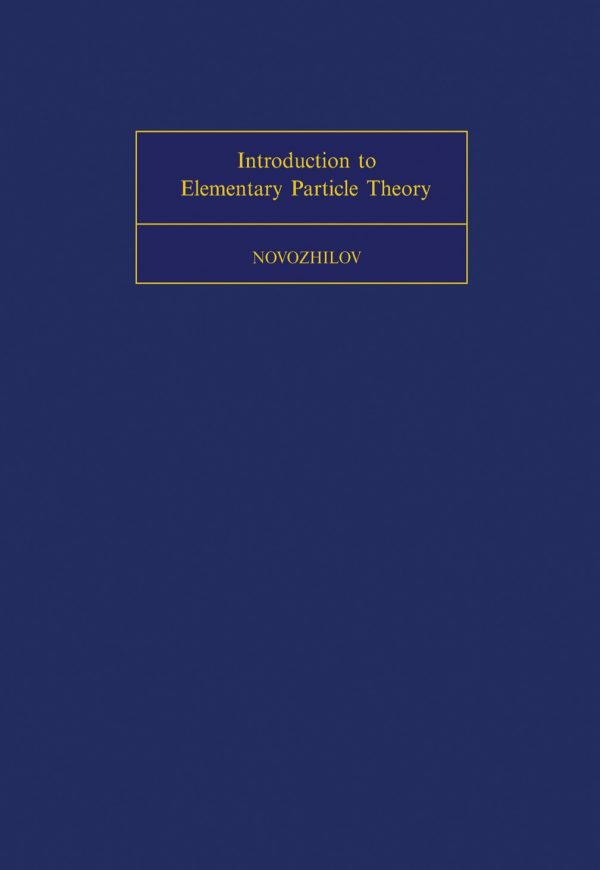
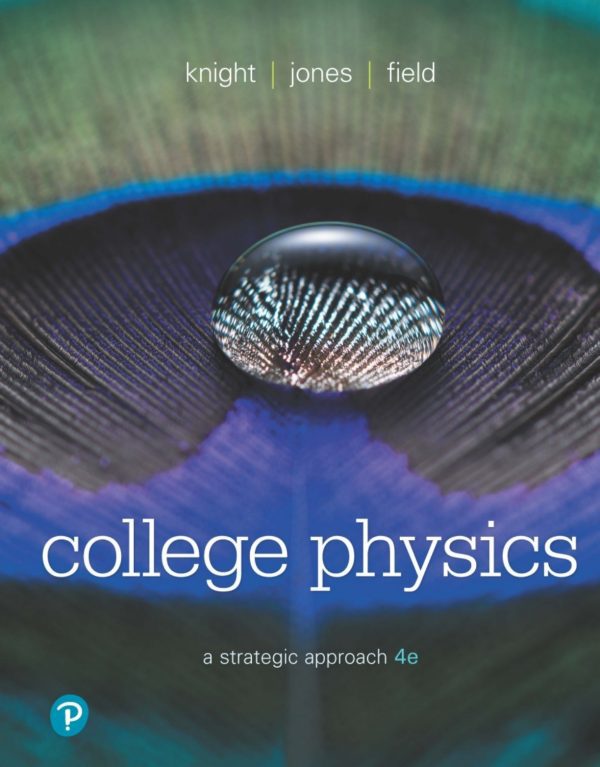
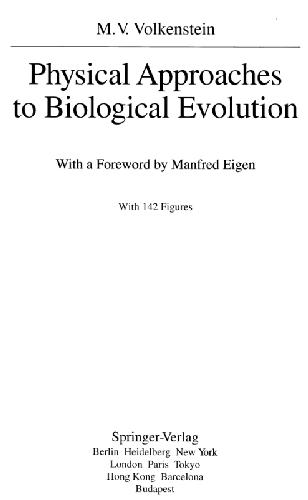
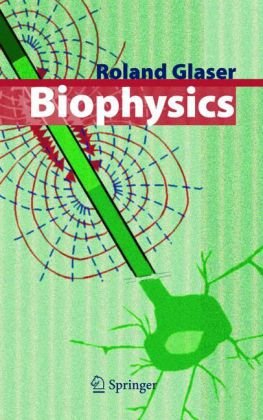
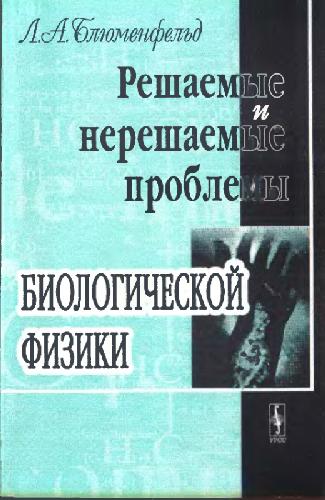
Reviews
There are no reviews yet.